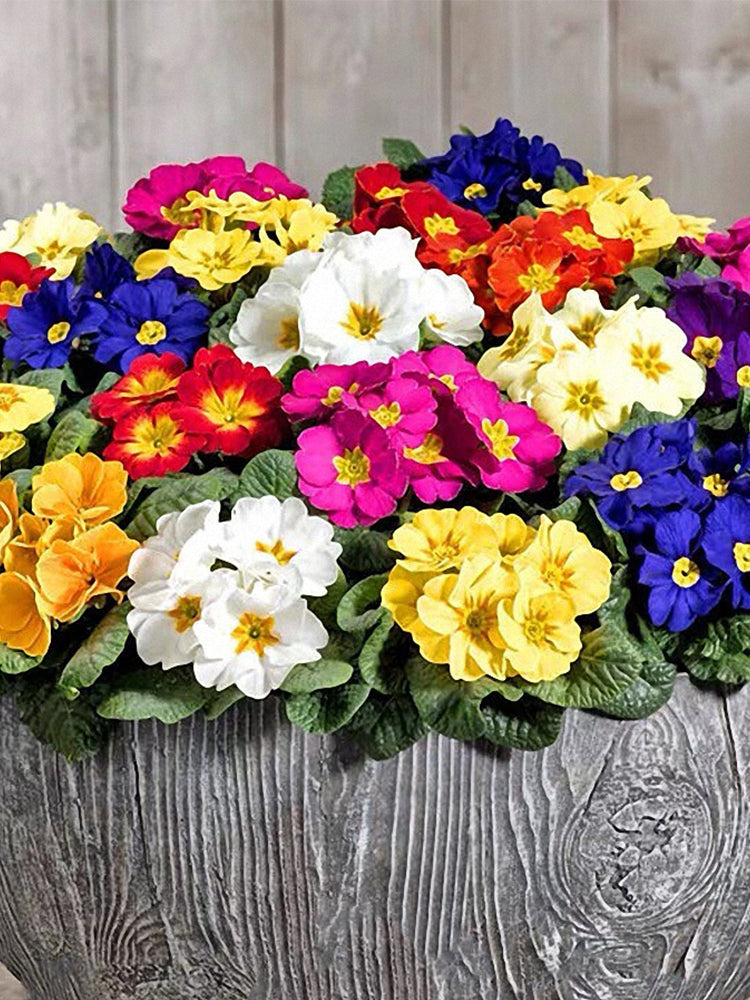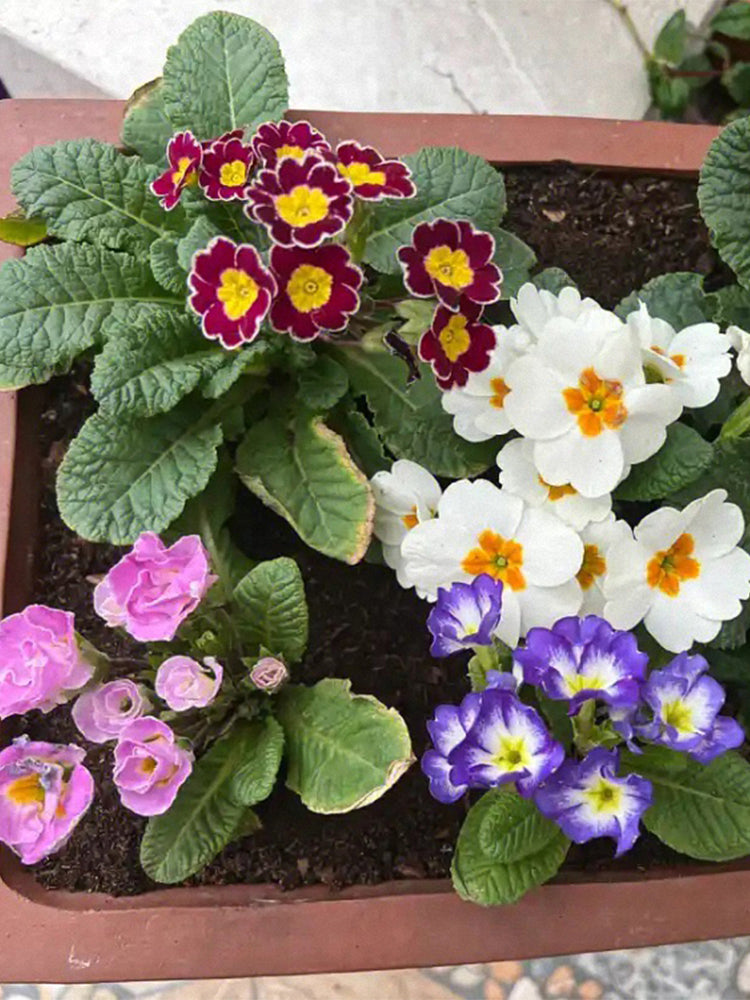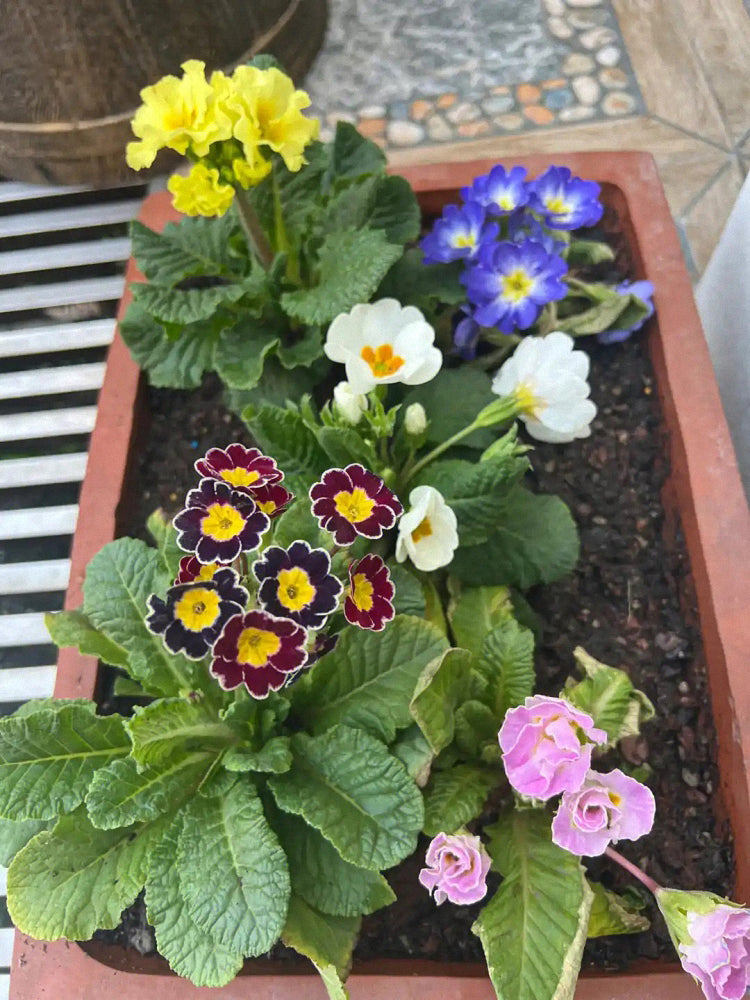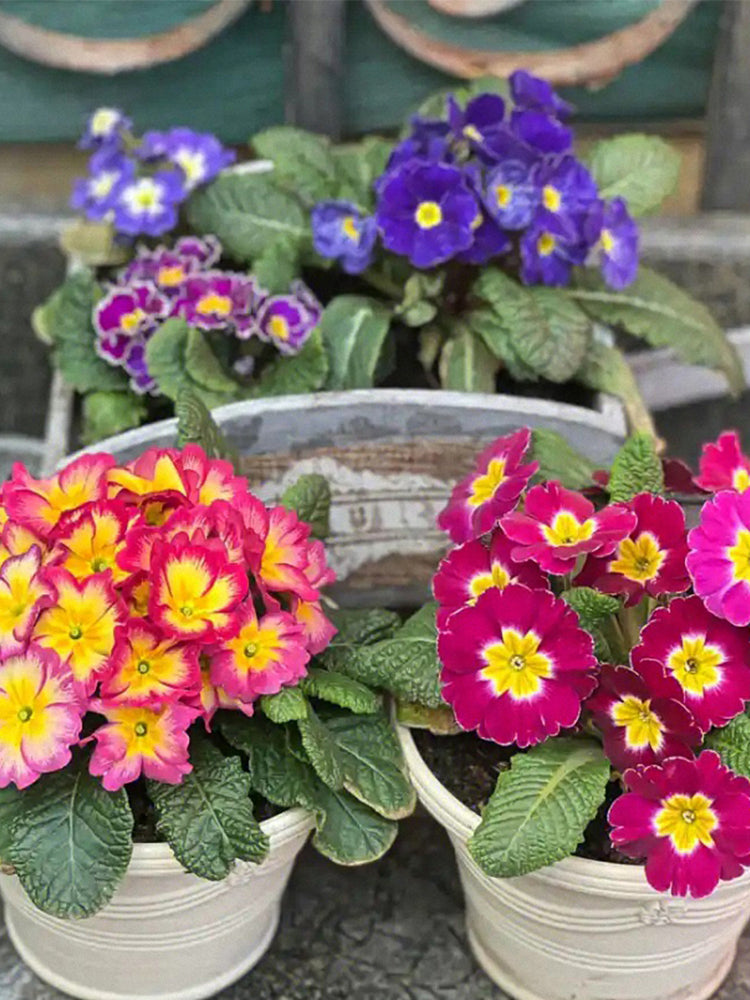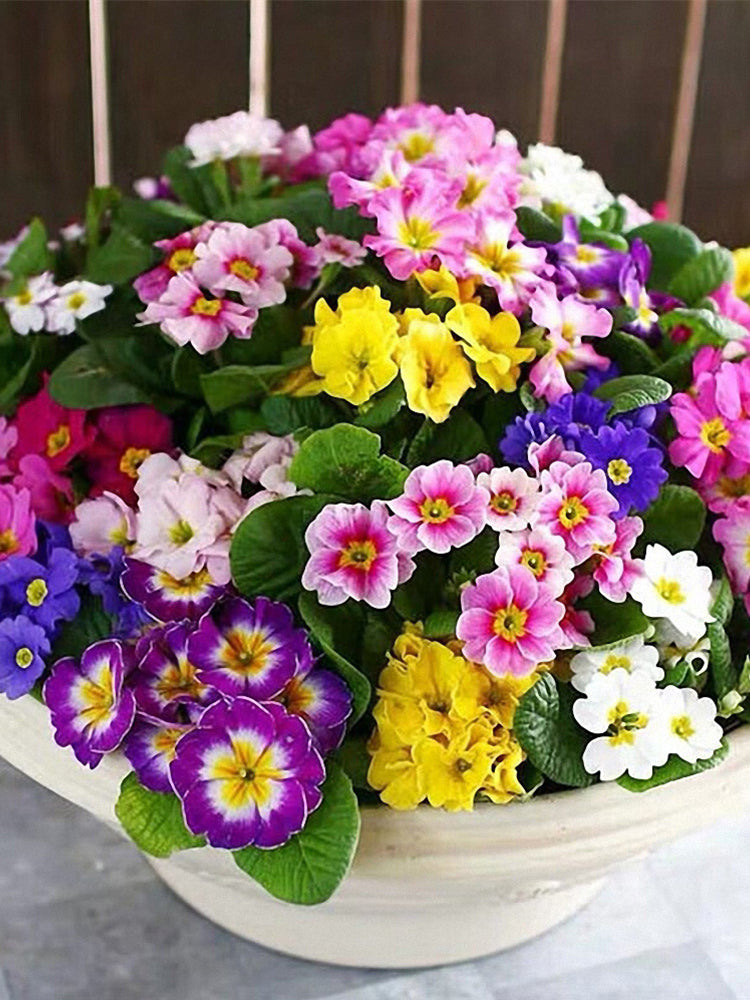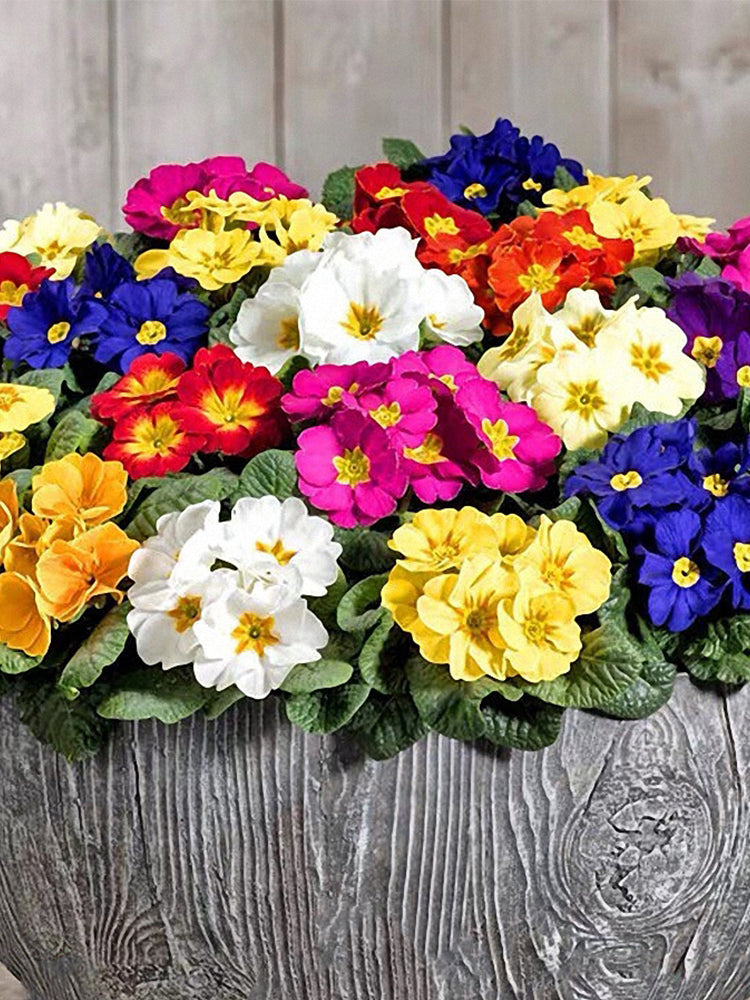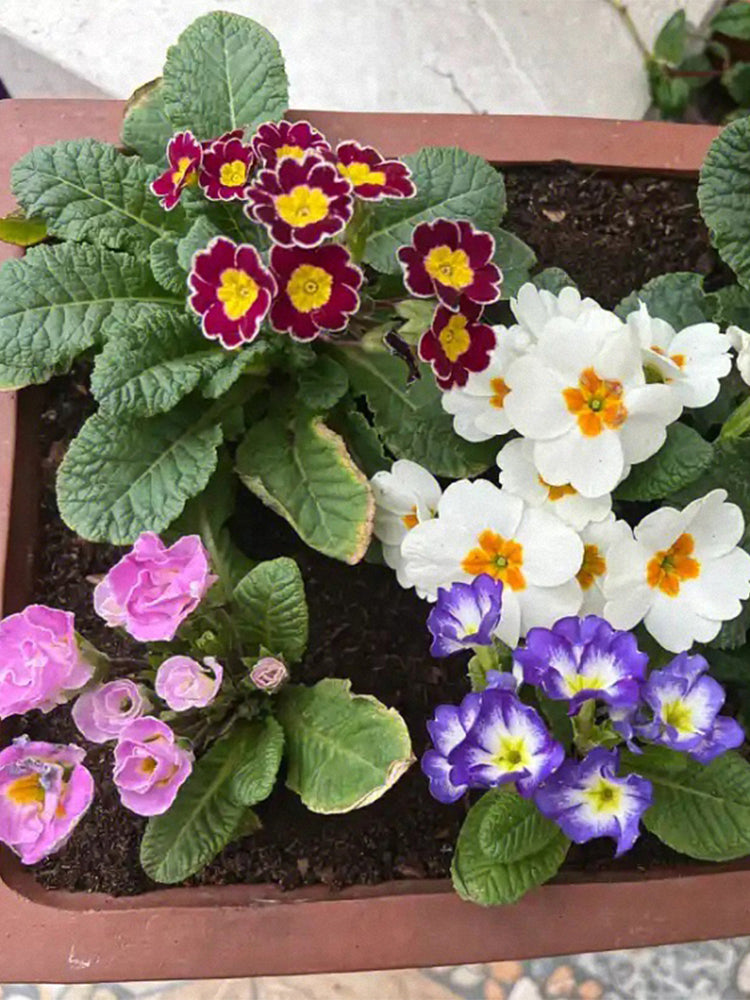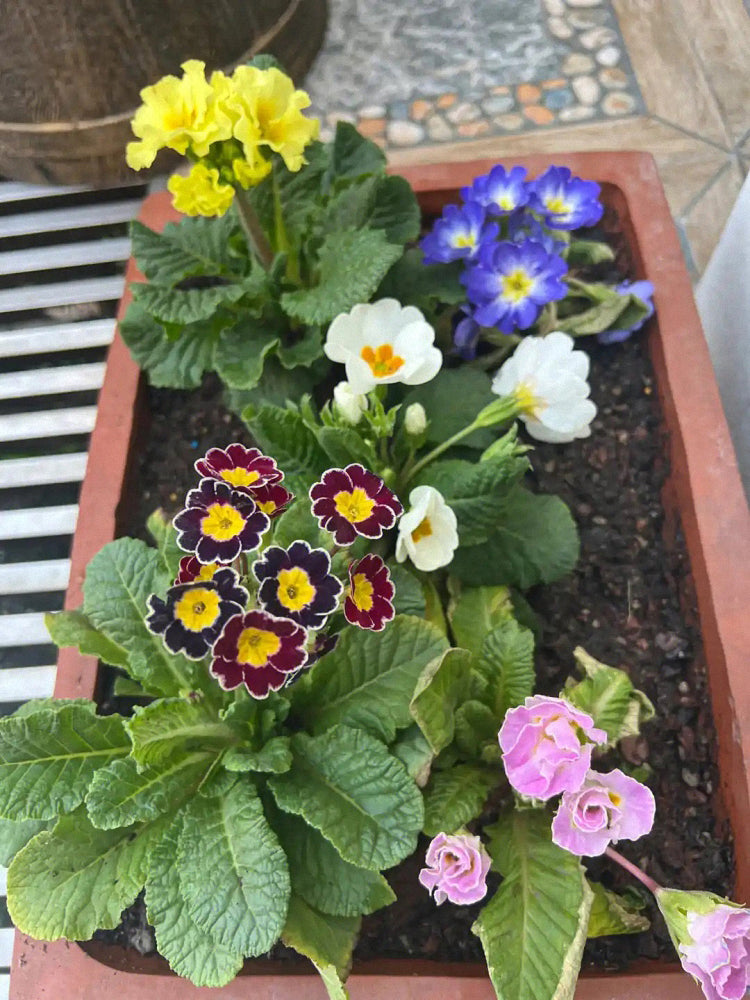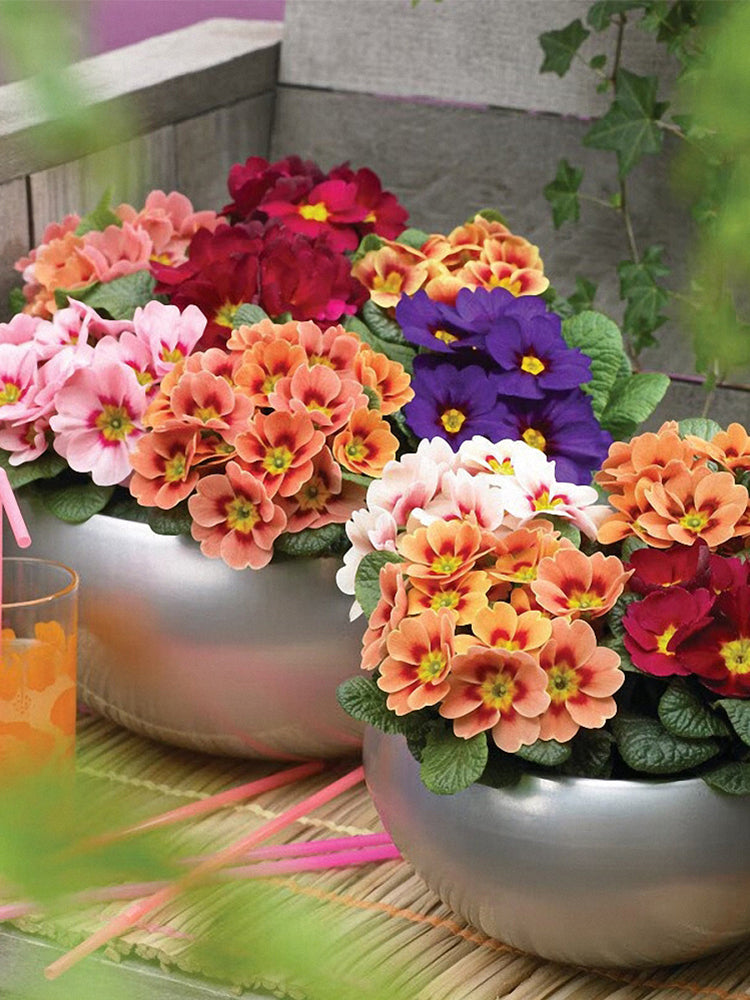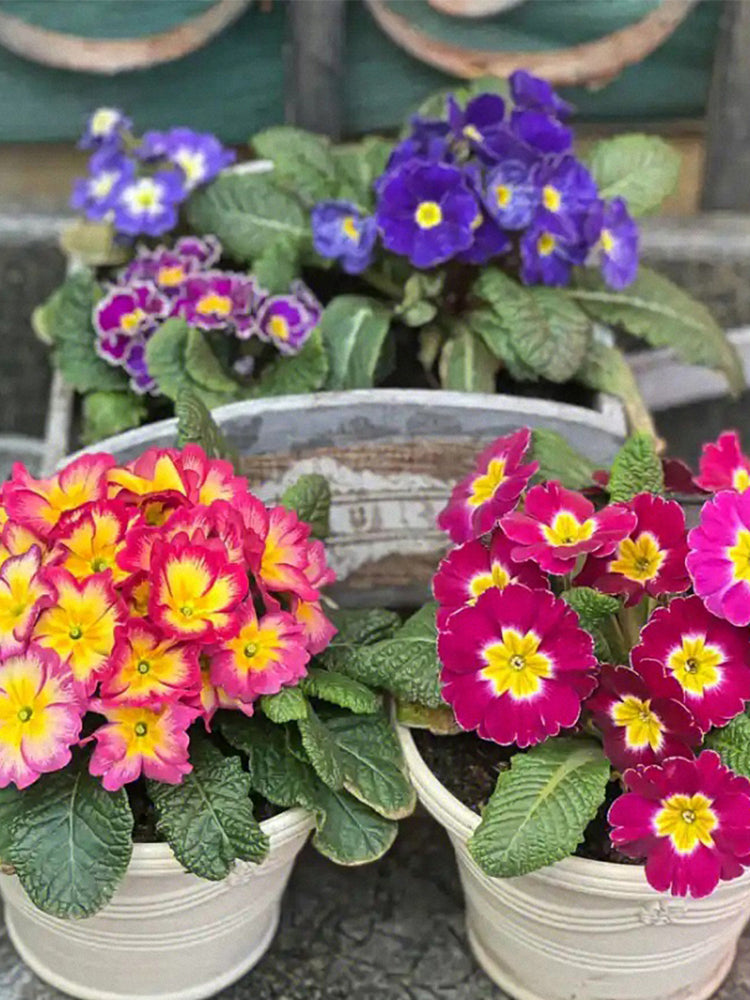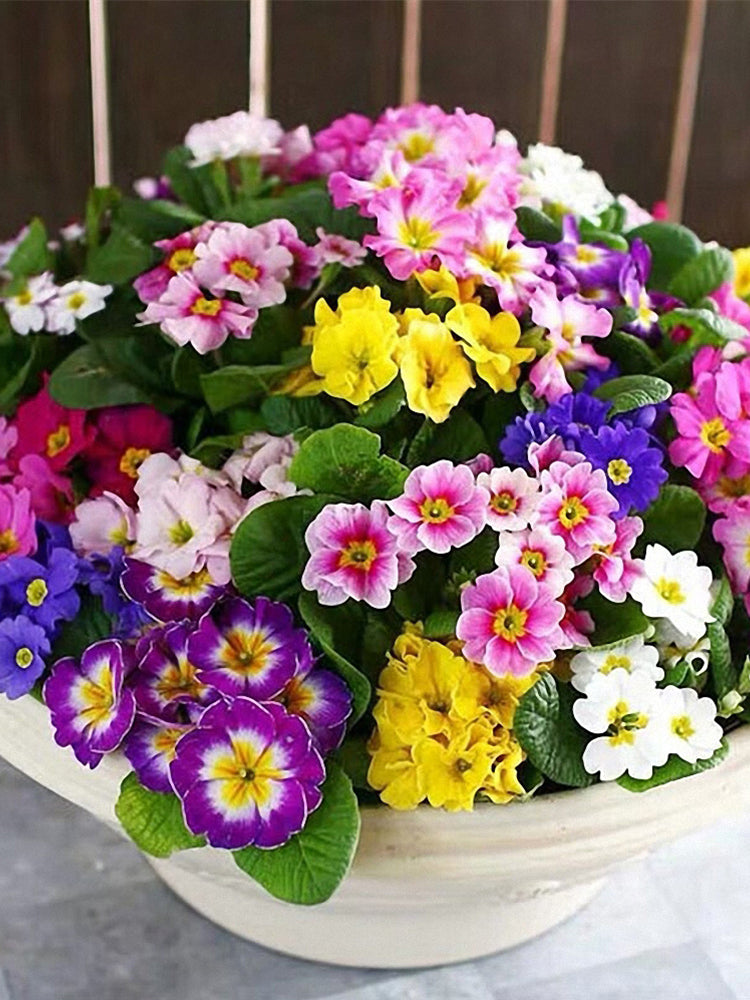BELLFARM
English Primrose (Primula vulgaris)
Sale
Sold out
Regular price
$3.99 USD
Regular price
$6.99 USD
Sale price
$3.99 USD
Unit price
per
Couldn't load pickup availability
-
5-14 Days delivery.
-
Ship out within 24 hours.
Characteristics of the Variety:
- English Primrose (Primula vulgaris) is a perennial herbaceous plant with a clumping growth habit. Its leaves are oblong to obovate-elliptical, slightly wrinkled, and the fragrant flowers form terminal umbel inflorescences. The blooms come in both single and double forms, with vibrant colors, and flowering occurs in spring. This variety thrives in warm, humid climates, exhibiting good cold and moisture tolerance but dislikes direct sunlight and high temperatures. It prefers humus-rich, fertile, well-drained acidic soil. Thanks to its profuse blooms, striking colors, and diverse hues, the European Primrose is widely used in flower beds, as ground cover, or in potted displays. Beyond its ornamental value, it also possesses medicinal properties—its sap can help alleviate symptoms of arthritis, rheumatism, paralysis, and gout. Additionally, its flowers and young leaves are edible, suitable for candying, salads, jam-making, or as a stuffing for meat dishes, and can even be brewed into tea.
- English Primrose (Primula vulgaris) is a perennial herbaceous plant with a clumping growth habit. Its leaves are oblong to obovate-elliptical, slightly wrinkled, and the fragrant flowers form terminal umbel inflorescences. The blooms come in both single and double forms, with vibrant colors, and flowering occurs in spring. This variety thrives in warm, humid climates, exhibiting good cold and moisture tolerance but dislikes direct sunlight and high temperatures. It prefers humus-rich, fertile, well-drained acidic soil. Thanks to its profuse blooms, striking colors, and diverse hues, the European Primrose is widely used in flower beds, as ground cover, or in potted displays. Beyond its ornamental value, it also possesses medicinal properties—its sap can help alleviate symptoms of arthritis, rheumatism, paralysis, and gout. Additionally, its flowers and young leaves are edible, suitable for candying, salads, jam-making, or as a stuffing for meat dishes, and can even be brewed into tea.
